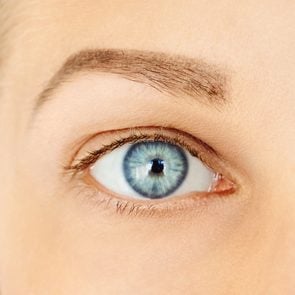12 Surprising Facts About Fingerprints, Including Why We Even Have Them
Updated: Dec. 19, 2023
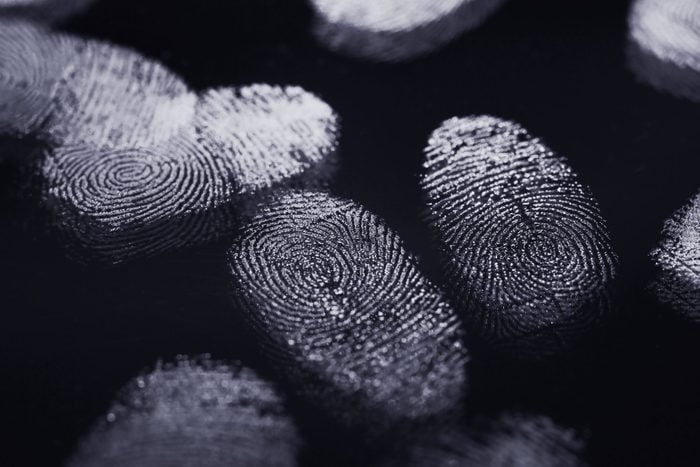
Why do we have fingerprints? While impressive, it's not just to unlock a smartphone or catch a bad guy. Here's what the science says.
Most people associate fingerprints with the ability to solve mysteries, but why do we have fingerprints in the first place? Turns out, those unique whorls and loops are a mystery all on their own. Is there an evolutionary reason for fingerprints (like there is for why we blush)? Or is it just a weird fact about the human body?
“They certainly don’t tell you anything about your personality or abilities,” says Denis Headon, a developmental biologist and senior research fellow at the University of Edinburgh who studies the development of skin structures, including fingerprints. How and why fingerprints form on human hands has long been a scientific mystery, and there aren’t many straightforward answers about our fingerprints. (There are many theories—perhaps they’re inherited traits—and myths.) But recent research is getting us closer to some answers. Here’s what we know.
Get Reader’s Digest’s Read Up newsletter for more trivia, humor, cleaning, travel, tech and fun facts all week long.
Why do we have fingerprints?
There’s way more to your fingerprints than their uniqueness—and use to detectives. In fact, recent studies suggest there are likely multiple answers to the “Why do we have fingerprints?” question. And like the contagiousness of yawns or the reason behind earworms, the science is fascinating.
First, scientists believe that fingerprints may have evolved to play an important role in our sense of touch. “Our fingerprint ridges are very useful for determining the texture of things, like the difference between velvet and sandpaper,” Headon says. “As we move our fingertips across a surface, the ridges rub along it and transmit vibrations to specialized cells within each ridge that are sensitive to mechanical stimuli.” Without fingerprints, it would be very difficult for you to interact with what you’re holding or touching.
The ridges of fingerprints are also key to our ability to grip and grab objects. For a 2020 study published in the journal Proceedings of the National Academy of Sciences (PNAS), researchers used laser imaging technology to observe people holding and picking up a smooth glass plate while it was dry or wet. After measuring the moisture in the participants’ hands and fingertips and analyzing the images, the researchers found that the ridges are important for grip and precision manipulation by regulating moisture levels from both external sources and the fingers’ sweat pores.
“The sweat glands that we have on our palms and our soles emerge from the tops of the ridges and help to keep the moisture levels just right for gripping things,” Headon explains. “This moisture aspect from the sweat is similar to the effect of someone licking their thumb to help them leaf through the pages of a book.”
What else do we know about fingerprints?
We know that fingerprints are tiny ridges in our skin, and the impressions left behind after you touch something are imprinted from sweat and oil on top of these ridges. We know that these ridges on the tips of our fingers form before we’re born. And up until Headon tested theories of fingerprint development, we knew that the reasons behind our fingerprints’ unique pattern of whorls and loops were a long-standing mystery.
But in 2022, Headon’s team published a landmark paper in the journal Cell that revealed not only the process by which fingerprints are formed, but also the genes responsible. They tested the going theories of fingerprint development and found that limb development genes played a key role in influencing the outcome of fingerprint patterning. So why do we have fingerprints, what’s so unique about them and what strange facts have scientists discovered? Here’s what else we know.
Your fingerprints have been with you since before you were born
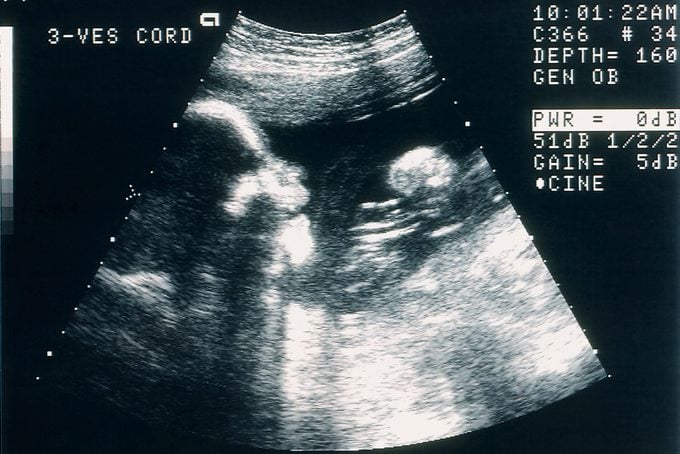
We know that the ridges on the tips of our fingers form in the womb, beginning around 10 weeks gestation. By the time a fetus is around 17 weeks, these whimsical, random, totally unique patterns are fully formed. This means your fingerprints have been with you since before you were born.
Fingerprints play a key role in our sense of touch
Research has shown that ridges in our fingerprints increase our tactile sensitivity. According to a study published in the Journal of Neuroscience, the ridges of our fingerprints feature finely tuned receptive fields and may help explain the sensitivity of human touch.
Fingerprints start out like hair follicles
According to Headon’s research, fingerprints start out looking like the same patches of cells that will go on to form hair follicles. But, instead of turning into hair follicles, these cells form ridges patterned in whorls and loops thanks to tiny differences in the expression of the genes responsible for forming skin structures.
Fingerprints follow the Turing pattern
The arching, looping and whorling fingerprint shapes can be explained in part by a theory proposed by British mathematician Alan Turing. The differences in gene expression set up what’s known to scientists as a “Turing pattern.” In the 1950s, Turing theorized that “substances made by an embryo’s cells would promote the formation of a structure, but act with opposing substances that suppress the growth of such a structure,” Headon explains. “By interacting with one another, the promoter and the opposing suppressor in this scheme can make a pattern that has repeated units with an even spacing between them, like that of our many fingerprint ridges.”
Turin’s theories were limited by the understanding of biology at the time, but that is exactly what Headon and his colleagues found. “We find these promoter and suppressor molecules produced during fingerprint development in a way that suggests they act as Turing thought (though he did not study or mention fingerprints specifically),” Headon says. “The Turing pattern is sensitive to random events while the pattern is forming before birth, and this sensitivity to randomness probably plays a big part in making each fingerprint unique.”
Fingerprints are the same phenomenon as zebra stripes
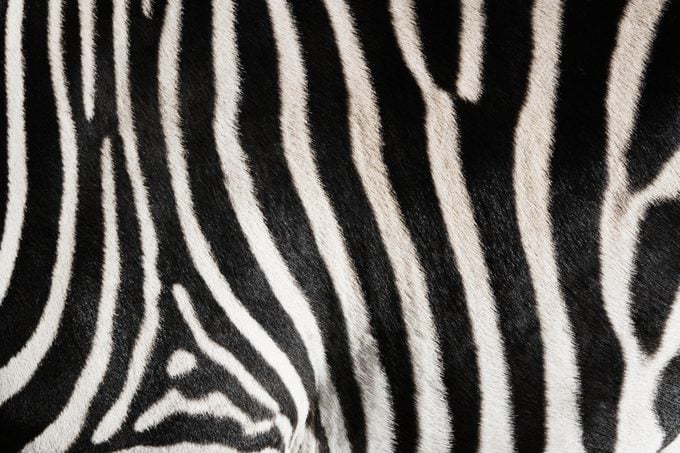
The Turing pattern that likely creates our fingerprints is also responsible for other patterns occurring in nature, like zebra stripes and leopard spots.
Some people are born without fingerprints
Called adermatoglyphia, this genetic disorder is extremely rare and causes the failure of ridge formations before birth. The finger pads of people with adermatoglyphia are entirely flat, but otherwise, people with the condition are healthy. The genetic disorder has only been found in a few families, and it’s not totally understood, Headon says.
Fingerprints may help prevent blisters
Have you noticed that it’s much harder to get a blister on your fingertips or toes? One theory is that the dermal ridges that make up our fingerprints help prevent blisters. Studies suggest that the ridges may allow our skin to stretch and deform more easily, which can protect it from damage—and blisters.
Human fingerprints are unique to primates … and koalas
Monkeys and apes have fingerprints that function similarly to humans. But the koala, which is a very distant relative of the human, is the only other animal that also has fingerprints that look and act like ours.
Fingerprints don’t change with age
As you get older, it’s natural for your skin to change with age. But wrinkling doesn’t come for your fingertips, which means you can expect your fingerprints to remain the same as the day they were formed.
There are three main fingerprint patterns
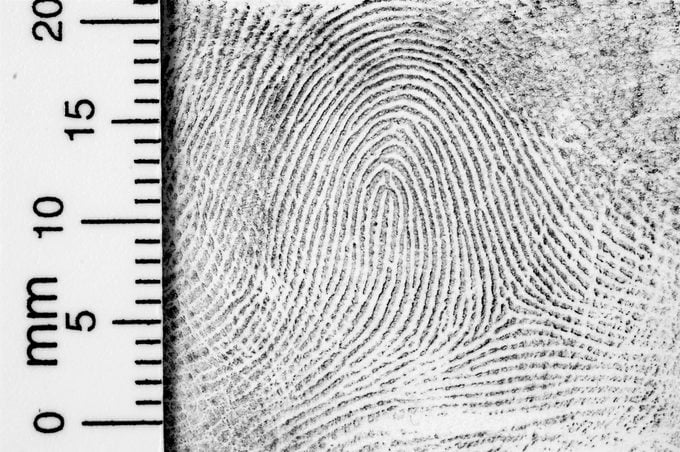
Scientists categorize fingerprint patterns as either a whorl, loop or arch. The arrangement and placement of them are what make your fingerprints a unique identifier. And according to science, the patterns are all thanks to genetics, similar to the rarest eye color or the rarest hair color.
Fingerprints were once used to seal contracts
Entering into an agreement in ancient Babylon? You could use a fingerprint to seal it. This suggests people living under the reign of Hammurabi understood the special nature of fingerprints.
Other animals have similar skin patterns
“Other species of animals, like mice, have simpler sets of ridges on their fingers (or digits, to use a more technical term) than climbing animals do,” Headon says. “Some monkeys use their tails like a fifth limb to help them with climbing, and the skin on the underside of their tail has the same ridges as we have on our palms and soles, though not the more complex arch, loop or whorl swirls found at our fingertips.”
About the expert
- Denis Headon is a developmental biologist and senior research fellow at the Roslin Institute at the University of Edinburgh in Scotland. He studies the genetic basis of variation in hair, feathers, fingertips and associated skin structures, and how these gene variants influence embryonic development.
Sources:
- The Fingerprint Sourcebook: “Embryology and Morphology of Friction Ridge Skin”
- Journal of Neuroscience: “Human Touch Receptors Are Sensitive to Spatial Details on the Scale of Single Fingerprint Ridges”
- Proceedings of the National Academy of Sciences: “Fingerprint ridges allow primates to regulate grip”
- Cell: “Limb development genes underlie variation in human fingerprint patterns”
- Interpol: “Fingerprints”
- The Forensic Laboratory Handbook: “Fingerprints”

